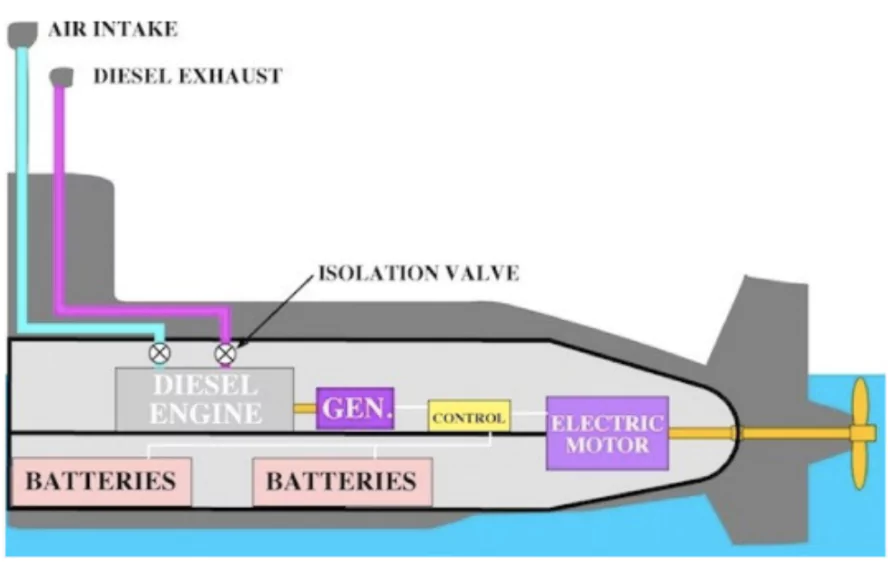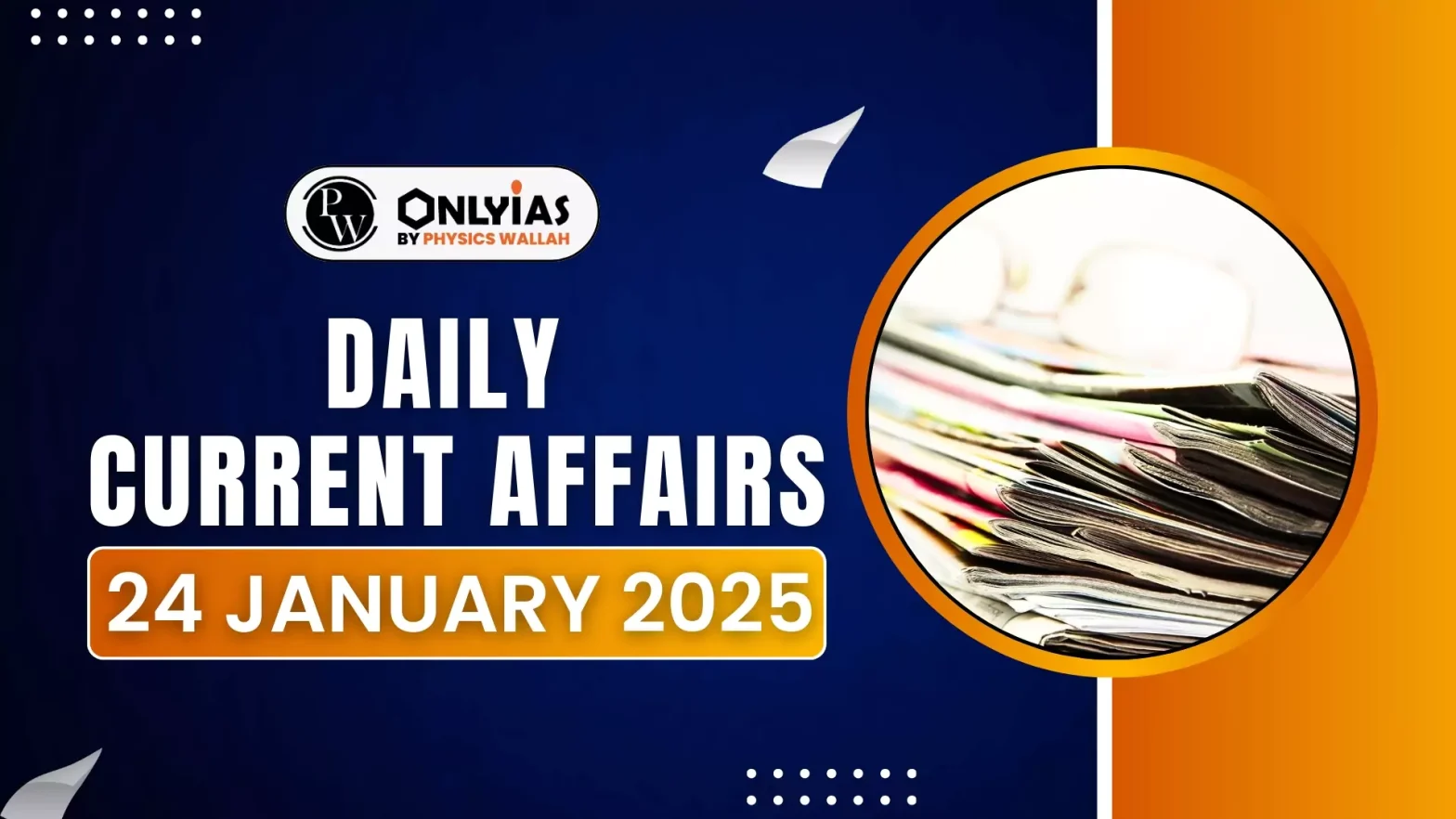Mazagon-Thyssenkrupp JV likely to secure Indian Navy’s Rs 70,000 crore stealth submarine deal after L&T-Navantia bid rejected due to failing to meet the technical requirements of a proven air-independent propulsion (AIP) system.
About AIP technology
- AIP is a technology used in submarines to improve their underwater endurance and reduce noise levels, making them harder to detect.
- It allows submarines to operate for longer periods without the need to surface frequently for air.
- Historical Context: Traditional diesel-electric submarines had limited underwater endurance, needing to surface frequently to charge batteries.
- The emergence of AIP addressed this issue, significantly enhancing submarine capabilities.
- Origins: The concept of AIP dates back to the early 20th century when the Imperial Russian Navy launched the submarine Pochtovy in 1908, which utilized a gasoline engine fed with compressed air and exhausted underwater.
AIP Technology

- Electricity generation: AIP systems generate electricity to power an electric motor for submarine propulsion or to recharge batteries.
- Auxiliary power source: These systems serve as auxiliary power sources, complementing diesel engines that are primarily used for surface propulsion.
- Retrofitting: AIP systems can be retrofitted into existing submarines by inserting a new hull section designed to house the AIP module.
Advantages of AIP
- Extended Underwater Endurance: AIP allows submarines to remain submerged for significantly longer durations, enhancing operational capabilities.
- It can provide submarines with up to 21 days of underwater endurance.
- Reduced Noise Levels: AIP systems produce less noise compared to traditional diesel engines, increasing stealth and reducing detection risks.
Enroll now for UPSC Online Course
Types of AIP Technologies
- Fuel Cells: Fuel cells are the most widely used AIP technology.
- They generate electricity by converting hydrogen and oxygen into water, producing minimal noise and emissions.
- Stirling Engines: Stirling engines use liquid oxygen and diesel to generate power underwater.
- They are known for their simplicity and reliability.
- Bio-Ethanol-Based Systems (BEST): These systems use bio-ethanol to produce hydrogen and oxygen for fuel cells.
- They enhance stealth by eliminating the need for surface snorkel operations.
Ready to boost your UPSC 2025 preparation? Join PW’s UPSC online courses today!
![]() 24 Jan 2025
24 Jan 2025



